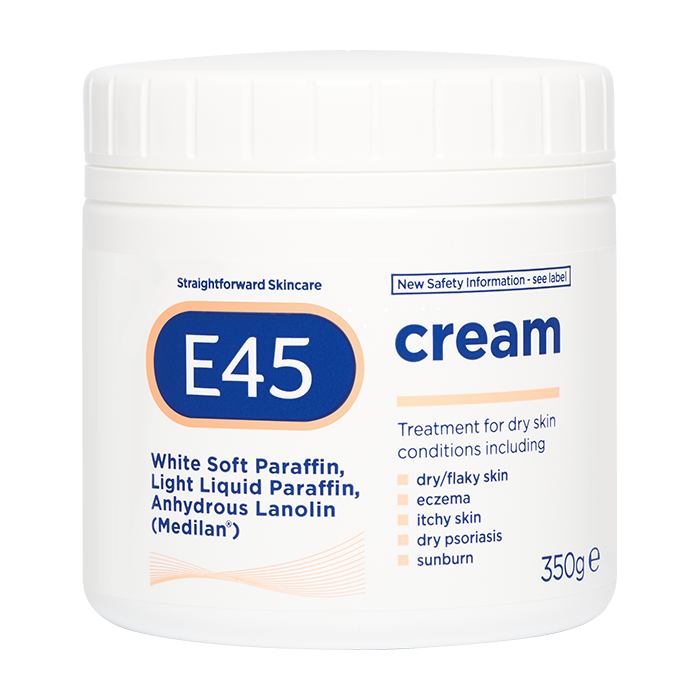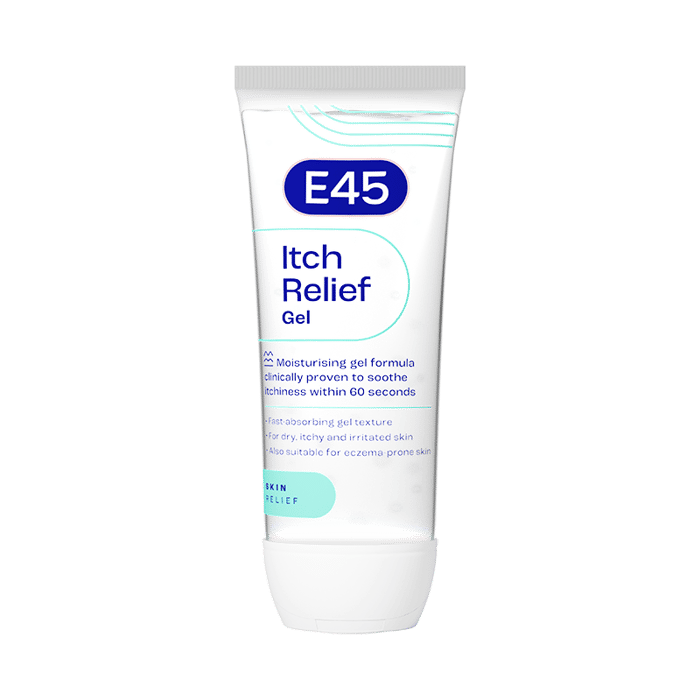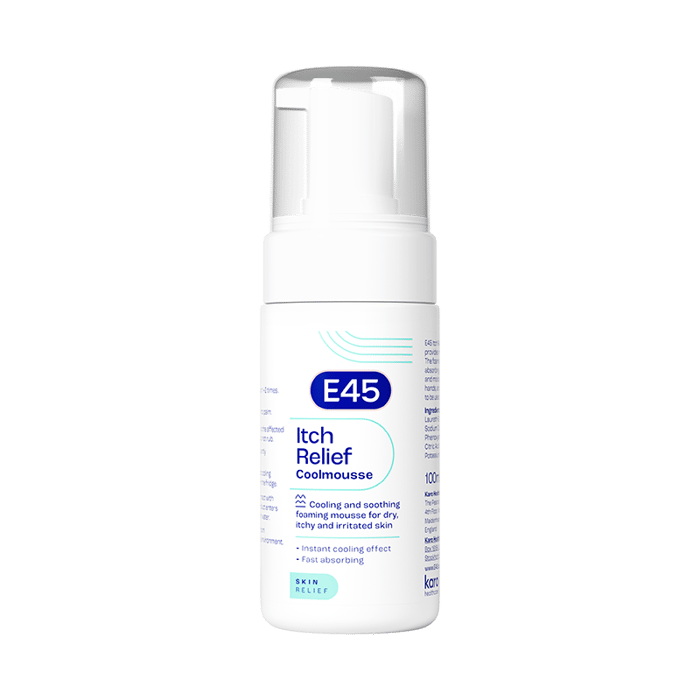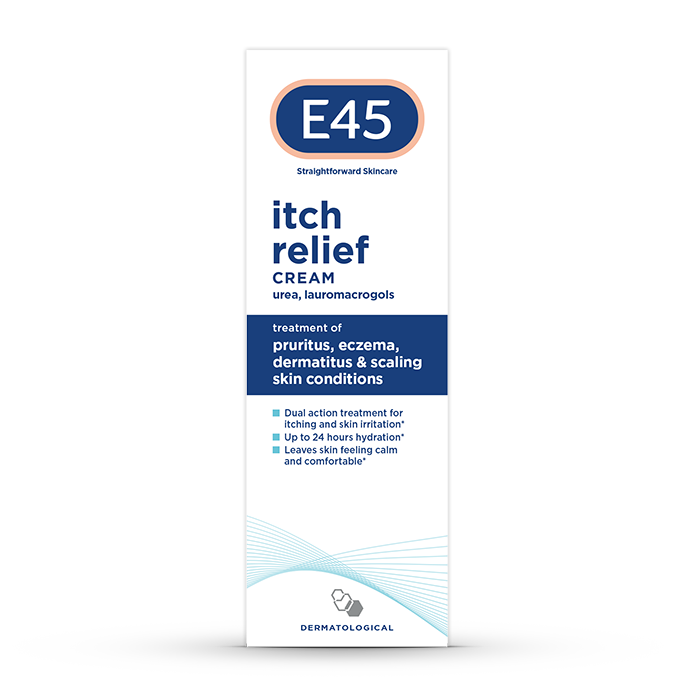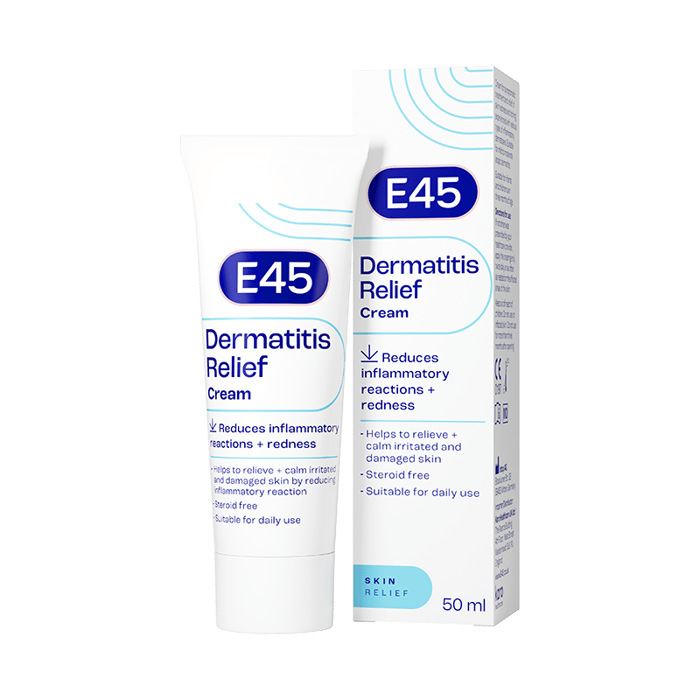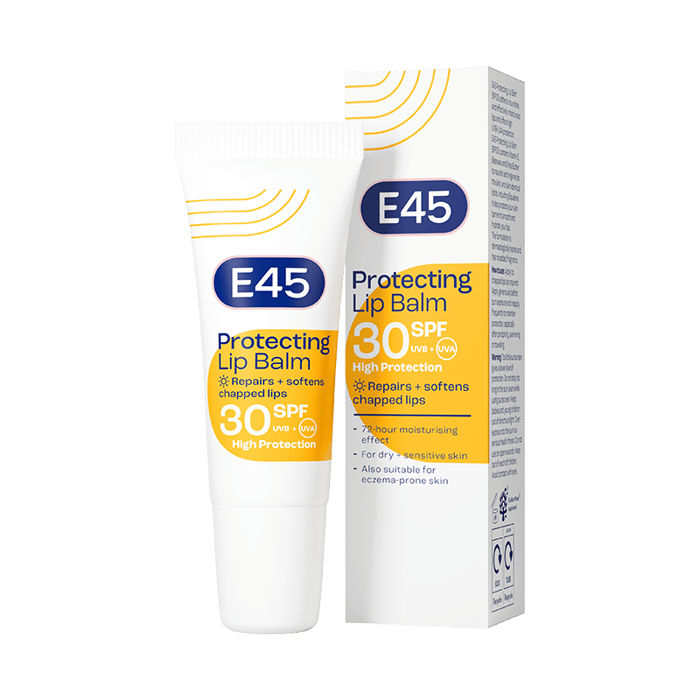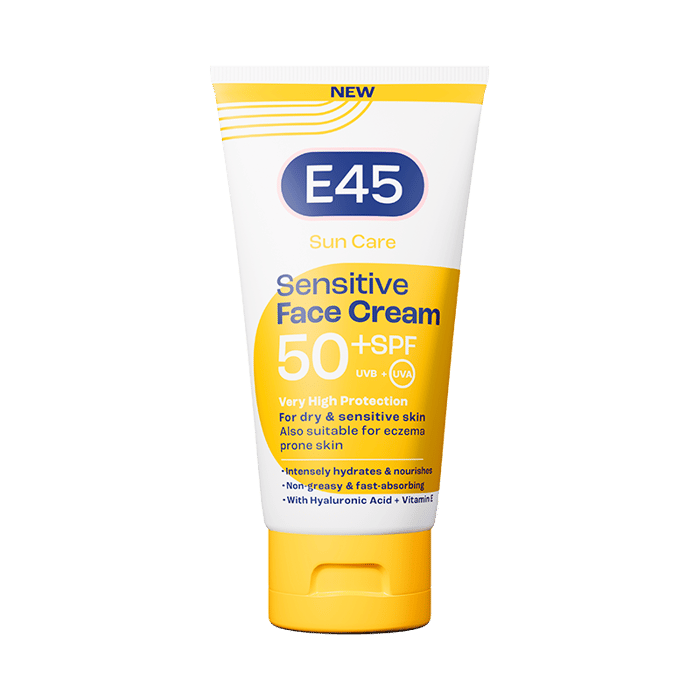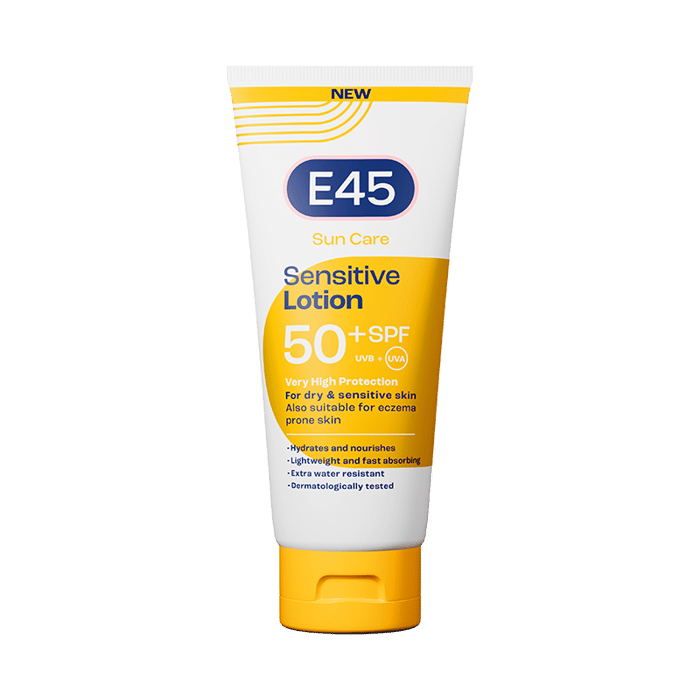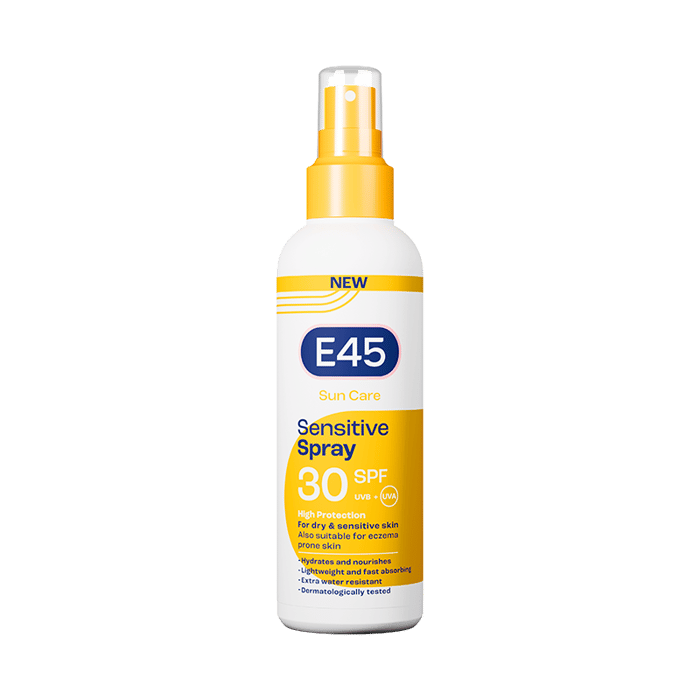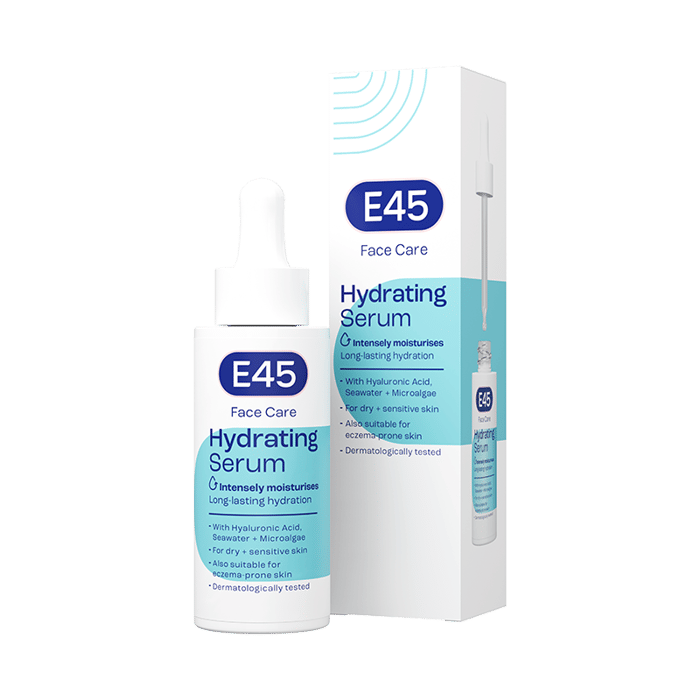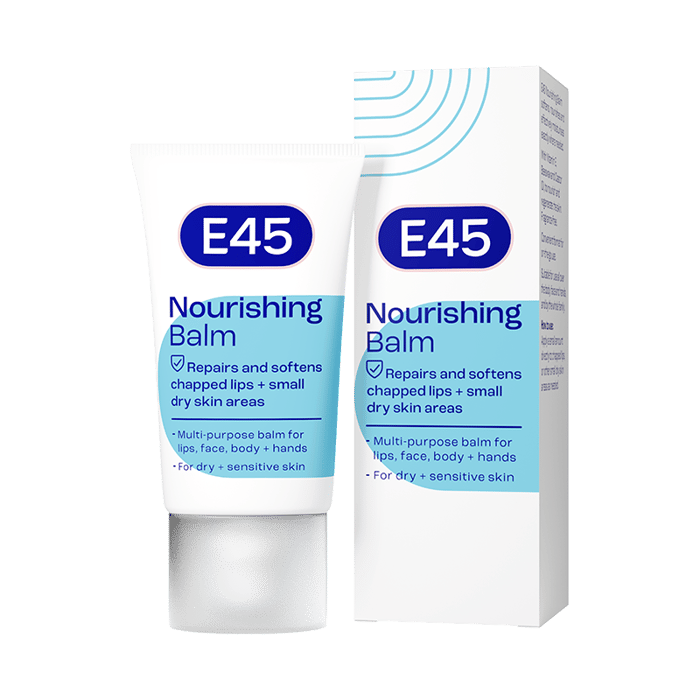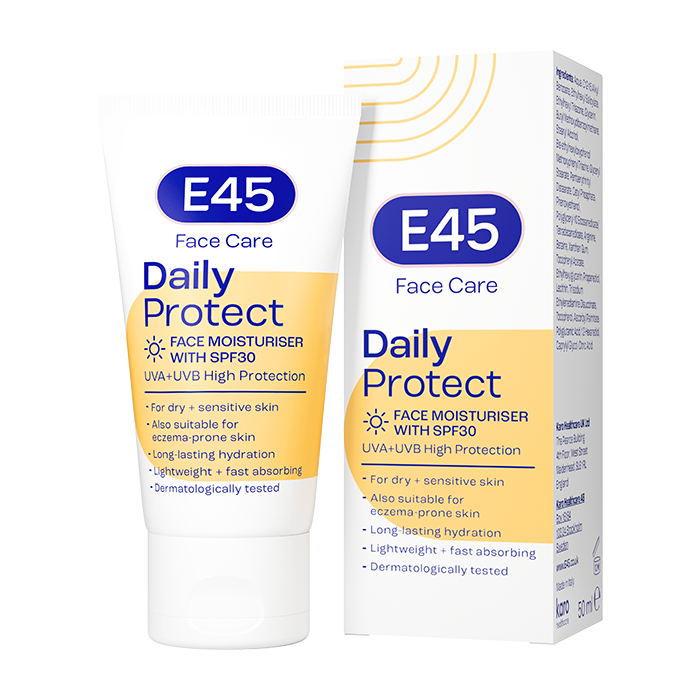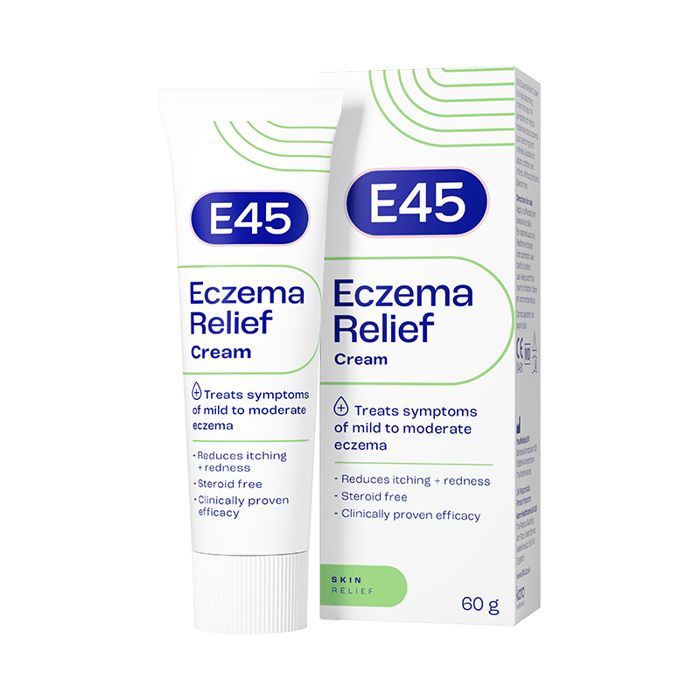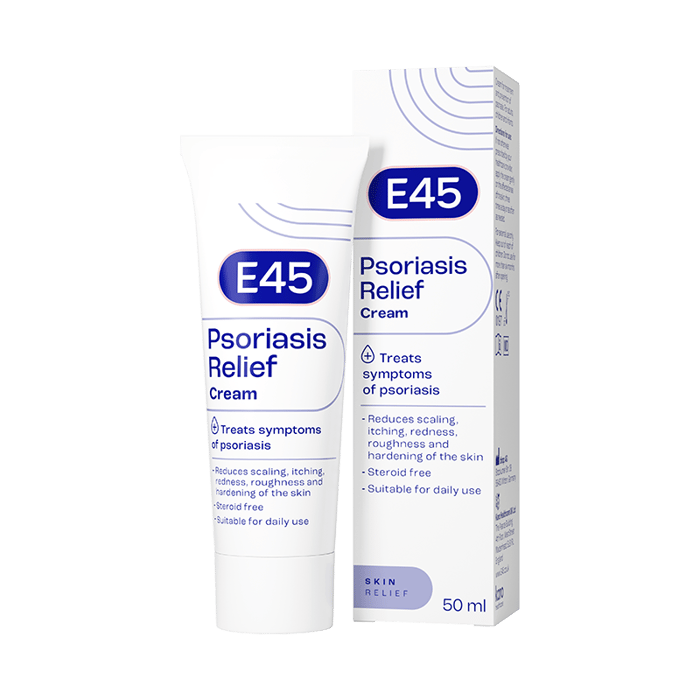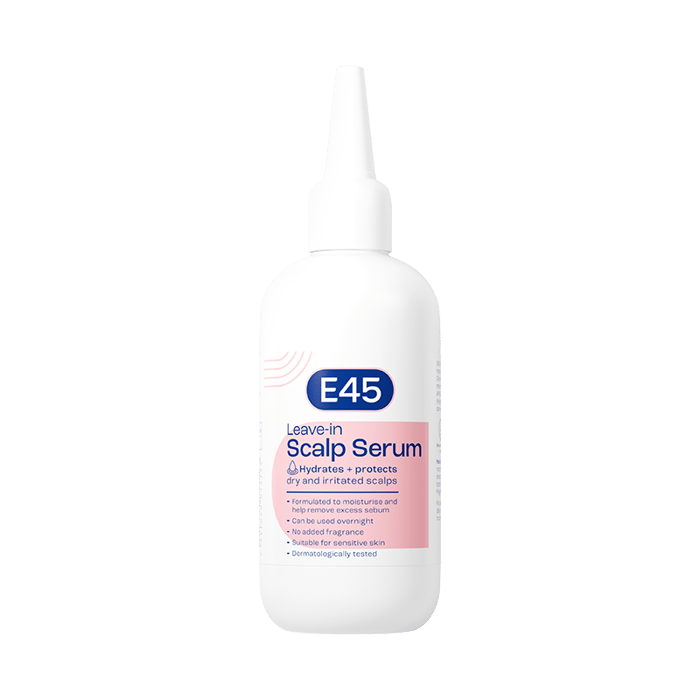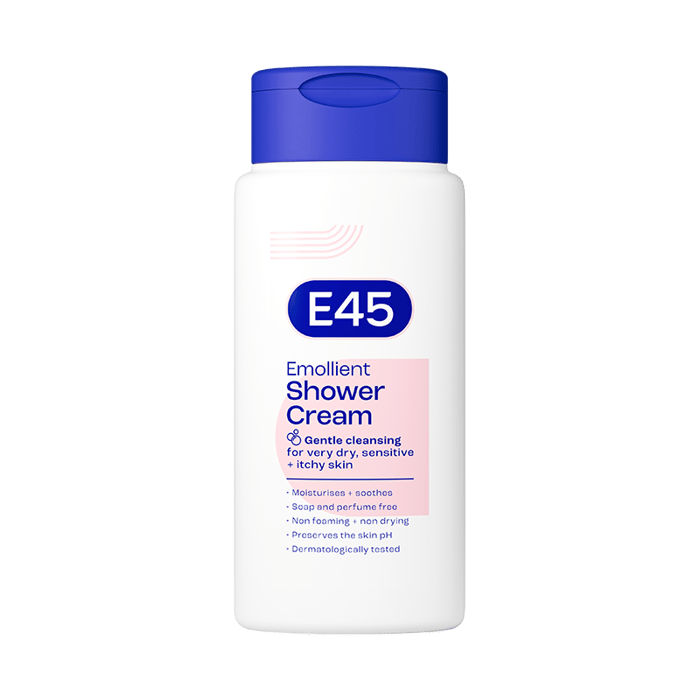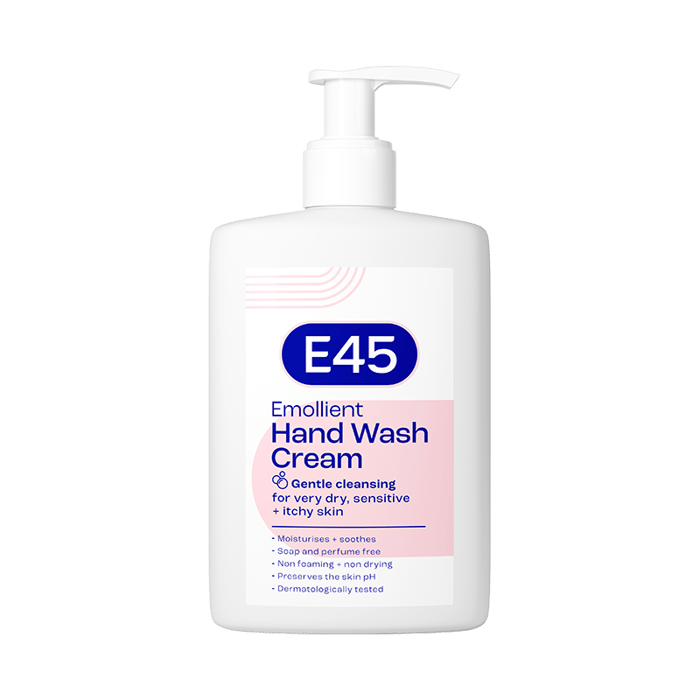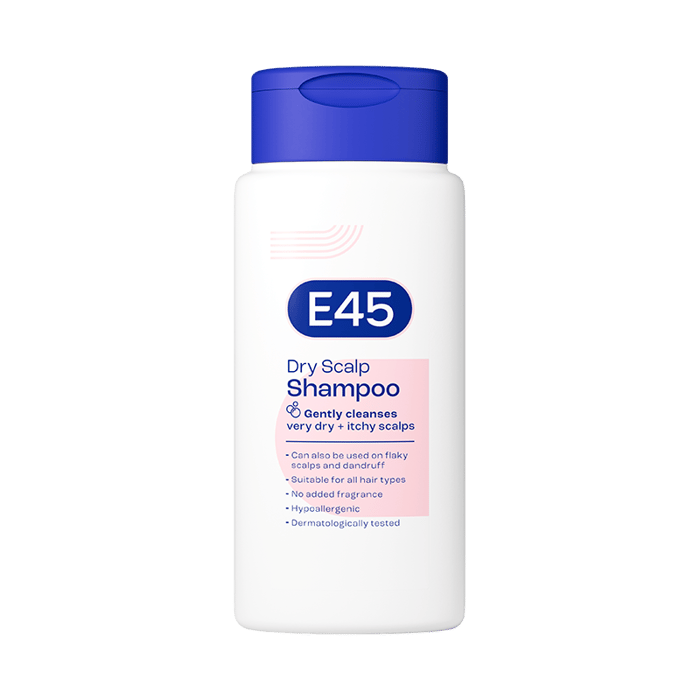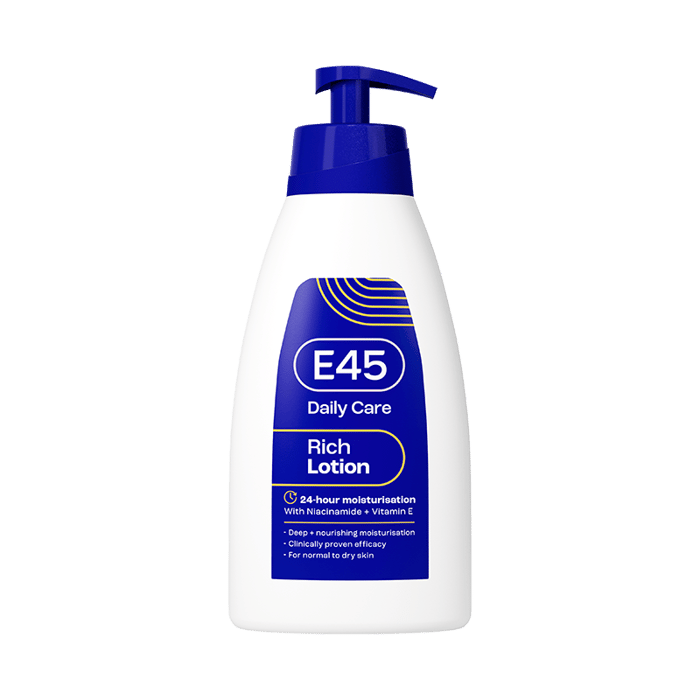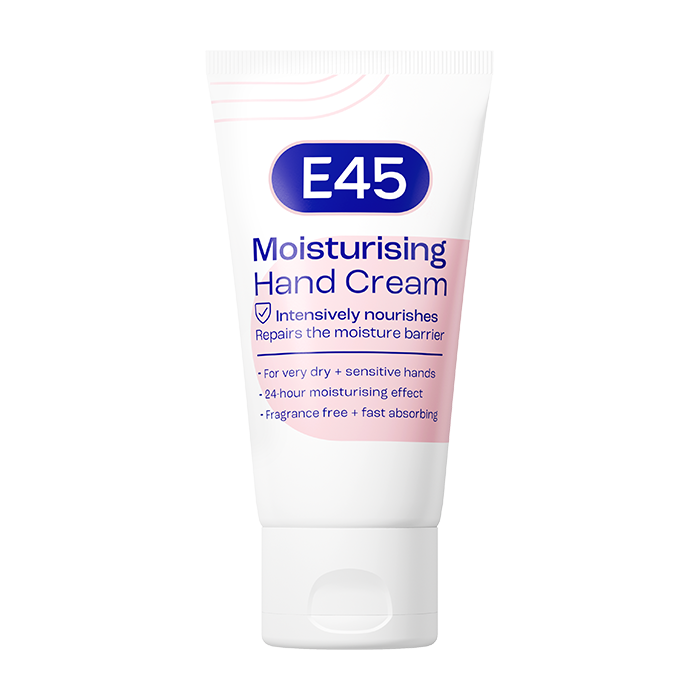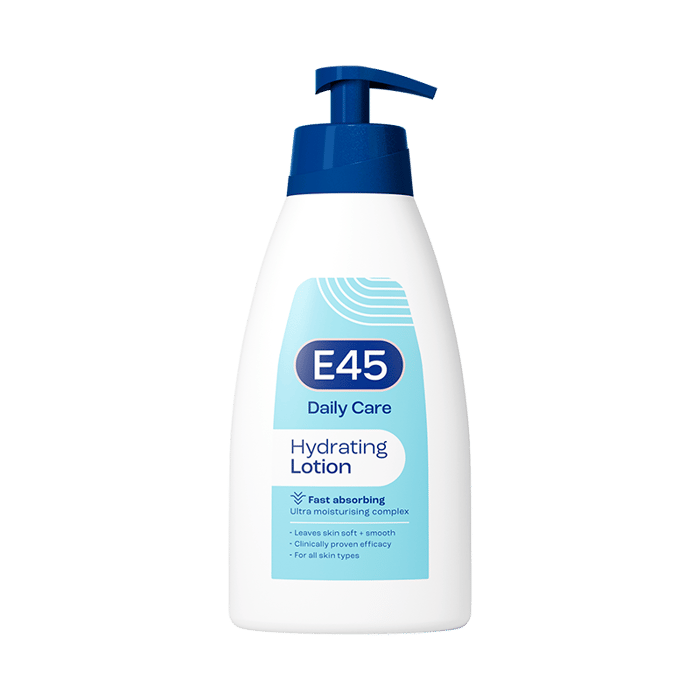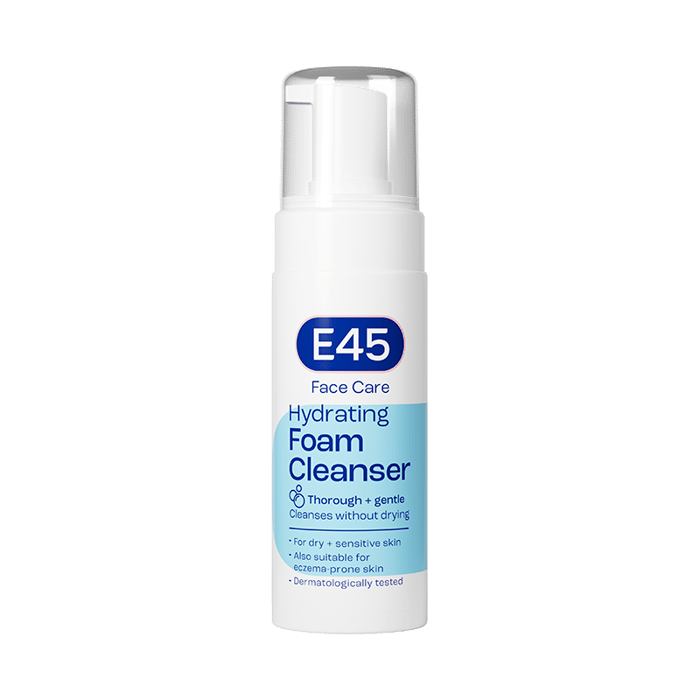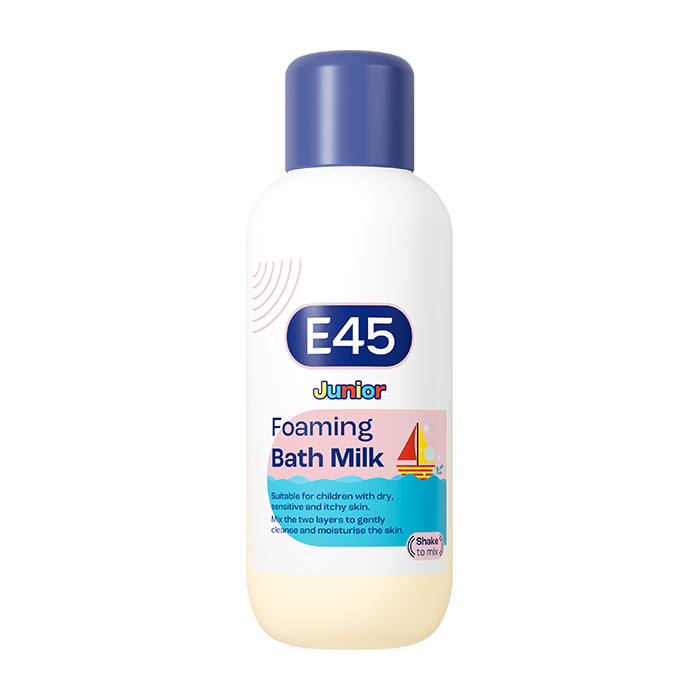Red skin: Causes, conditions and management
Red skin is something most of us experience from time to time. Often referred to as erythema, this redness can arise for all sorts of reasons – from skin conditions like eczema or rosacea to reactions triggered by weather, stress or everyday products. In this article, we’ll explore the common causes of red skin, how to recognise different symptoms, and what you can do to soothe and manage it effectively.
Causes and conditions linked to red skin
Temporary Redness
Urticaria (Hives)
- Sudden appearance of red, raised, itchy bumps or patches.
- Often triggered by allergies, infections, or physical factors like heat, cold, or even water.
- Usually clears within hours or days.
Sunburn
- Skin feels hot, tender, and turns red after sun exposure.
- Peeling or blistering may happen later.
- More likely if you have fair skin or skip sunscreen.
Read more about sunburn.
Sweat and Friction
- Red patches may appear after sweating, especially in folds of the skin.
- Can irritate conditions like eczema or rosacea.
- Tight clothes and synthetic fabrics often make it worse.
Food or Drink Reactions
- Some foods can cause redness, especially in people with allergies.
- Spicy foods, alcohol, and hot drinks can trigger flushing, particularly in those with rosacea.
Emotional Triggers
- Blushing can happen when you’re embarrassed, anxious, or angry.
- This is usually harmless and fades quickly.
Weather and Temperature
- Hot or cold temperature shifts might make your skin flush.
- Sunlight can worsen rosacea or lead to sunburn.
Skin Conditions
Eczema
- Dry, itchy, red patches — often on hands, face, or behind knees.
- Flare-ups may come and go.
- Often linked to allergies, asthma, or family history
Read more about eczema.
Psoriasis
- Red, raised patches with silver or white scales.
- Common on elbows, knees, and scalp.
- Tends to come in flare-ups, sometimes after infections or stress.
Read more about psoriasis.
Rosacea
- Flushing, visible blood vessels, and red bumps (often mistaken for acne).
- Mostly affects the face, especially cheeks and nose.
- Can be triggered by weather, food, alcohol, or skincare products.
- More common inyoung adults. (Source)
Acne
- Spots or pimples, often red and inflamed.
- May appear on the face, chest, or back.
- Hormonal changes and oily skin are typical causes.
Dermatitis (Including Contact Dermatitis)
- General term for red, inflamed skin.
- Contact dermatitis is triggered by touching things like soaps, detergents, or metals.
- May include itching, stinging, or blisters.
Read more about dermatitis and contact dermatitis.
Allergens and Irritants
- Redness may show up after contact with things like pollen, pet hair, perfumes, or cleaning products.
- Common in people with sensitive or allergy-prone skin.
- Can appear immediately or develop gradually.
Reactions to Medications
- Some medicines (like antibiotics or anti-inflammatories) can cause redness or rashes as a side effect.
- Sometimes part of an allergic reaction — especially if itching or swelling is involved.
Dry Skin
- Skin feels tight, rough, or flaky.
- Redness tends to appear if dryness becomes more severe.
- Common in colder months or if you wash with harsh soaps.
Read more about dry skin.
Other Causes
Skin Infections
- Fungal Infections
- Look for red, scaly or moist patches, especially in warm, damp areas like between toes (e.g. athlete’s foot).
- Ringworm appears as a red ring-shaped rash.
- Bacterial Infections
- Red, swollen, and painful areas that may leak pus or feel warm.
- Conditions like cellulitis can spread quickly and may need antibiotics.
- Viral Infections
- Red rashes from illnesses like chickenpox, measles, or shingles.
- Shingles causes a painful rash with blisters, usually on one side of the body.
How to manage red skin
There are many different treatments available that can help ease skin redness depending on the cause.
Try to spot the cause
If your skin is red, the first step is to try and figure out what might be causing
it. Think about when it started, whether anything triggers it, and if it tends
to appear in the same areas. For some people, it’s linked to dry skin or a
long-term condition like eczema or rosacea. For others, it may be a reaction to
heat, stress, certain foods, or a new product.
Be gentle with your skin
Use mild, fragrance-free products and avoid scrubbing or washing with hot water. Moisturising regularly helps soothe irritation and keeps the skin barrier healthy. Clothes can also affect your skin — softer, breathable fabrics tend to be kinder, especially if your skin is
already irritated.
Watch out for triggers
Try to avoid common triggers where you can. Spicy food, alcohol, heavily scented products and temperature extremes often make redness worse for people with sensitive skin. Sunlight can also play a role, so using sun protection and keeping your skin cool may help, particularly if you have rosacea.
Take care of your body and mind
Managing stress and getting enough rest can help settle your skin too, as flare-ups are sometimes linked to how your body reacts to pressure.
If redness doesn’t improve, spreads, or feels sore, it’s a good idea to speak to a healthcare professional to explore the cause and find out what might help.
When to seek medical advice
- Self-care treatment has not worked after a week
- If the redness is getting worse or the red area is growing bigger very quickly
- The red area is hot, swollen, painful, or blistered
- You also feel unwell
- If there is a rash that doesn’t fade when you press a glass against the skin.
Conclusion
Red skin is common and usually nothing to worry about, but it can sometimes be a sign that your skin needs a bit of extra care or attention. By learning to spot possible triggers and treating your skin gently, many cases can be eased at home. If the redness doesn’t settle or you’re unsure what’s causing it, getting advice from a healthcare professional can help you get the right support.
FAQ: Red skin
What causes skin to turn red?
Skin can turn red for many reasons. It might be a short-term reaction to things like heat, sun exposure, or emotions, or it could be linked to a skin condition such as eczema, rosacea, or acne. Redness can also be caused by irritation, allergies, infections, or dryness.
How to fix skin redness?
The best way to calm red skin is to be gentle and avoid known triggers. Use mild, fragrance-free products, keep your skin moisturised, and protect it from sun and extreme temperatures. If you’re not sure what’s causing the redness or it’s not going away, it’s a good idea to check in with a healthcare professional.
What is abnormal redness of the skin?
Abnormal redness, also called erythema, is when the skin appears red due to increased blood flow or irritation. It’s often harmless but can sometimes be a sign of inflammation, infection, or an allergic reaction — especially if it’s painful, swollen, or spreading.
Why is my skin turning red for no reason?
Sometimes redness seems to appear out of nowhere, but there’s usually a reason behind it — even if it’s not obvious right away. It could be linked to stress, heat, friction, or a reaction to a new product or food. If it keeps happening or you’re unsure what’s causing it, keeping a simple symptom diary or speaking to a healthcare professional can help.
Sources
knowyourskin.britishskinfoundation.org.uk/condition/rosacea/
www.nhs.uk/conditions/acne/
www.bupa.co.uk/health-information/healthy-skin/fungal-skin-infections
www.antibioticresearch.org.uk/about-antibiotic-resistance/bacterial infections/common-bacterial-infections/
www.healthline.com/health/viral-diseases
www.nhs.uk/conditions/allergies/
www.healthline.com/health/drug-rash
www.nhs.uk/conditions/shingles/
www.nhs.uk/conditions/measles/
www.nhs.uk/conditions/chickenpox/

